In an emergency when general water service has been interrupted – such as a flood, water pipe leakage, or a hurricane – you must continue to try to work out a way of treating water.
Even if the water looks clear, it could contain elements that may make you very sick. Fortunately, there are multiple ways you can ensure that contaminated water like the Camp Lejeune water contamination is safe in an emergency situation.
If you don’t know anything about making contaminated water safe in an emergency, this article will point you in the right direction.
How To Make Contaminated Water Safe In An Emergency
Water Clarification
Water clarification must occur to ensure that the water is disinfected. This step removes any suspended or floating particles in the water and is what makes the water clear enough to drink.
Water must be poured into anything that will remove the big things that you can see. You may want to consider using coffee filters or tightly woven cloth at this point.
However, you can also allow the water to be clarified by simply leaving the heavier particles to settle to the bottom.
Remember: never allow the sediment from the bottom of a container of water to float into a new container!
Boil the Water
One of the most well-known ways of ensuring water is safe to use or drink is to boil it. This is especially relevant if you do not have access to safe bottled water.
The higher temperatures will kill viruses, parasites, and bacteria as these things cannot survive a temperature that exceeds 212 degrees at sea level.
Higher physical elevations will require extended boiling times to make sure all bacteria are destroyed. For instance, at 5,000 feet, water will boil at 202 degrees.
Boiling will not remove all contaminants like salts, chemicals, and heavy metals. So, make sure you clarify water beforehand to ensure the disinfection is successful!
You must follow these steps
- Bring the water to a boil for one minute.
- Allow it to cool.
- Store the water in clean and sanitized airtight containers for easy access when you need to use it.
Using Distillation
This process is simple but is pretty fuel intensive. It will kill all microbes in the water while removing biological pathogens and poisons, salts, heavy metals, and other chemicals.
Contaminated water is heated to the point of boiling and then the steam is vaporized. During this process, other substances such as heavy metals, minerals, and salt stay in a solid state in the boiler.
However, it will not remove substances such as alcohol, petroleum, and oil that have a lower boiling point than water.
The steam that has been created is directed into a cooler where it returns to a liquid form, minus all the impurities that were originally there.
Try Chlorination
This process involves adding chlorine to drinking water to kill off bacteria, parasites, and any viruses that might be present.
There are multiple processes involving chlorine that may be used to ensure water is safe.
Many municipal water supplies use chlorine as a way to chemically disinfect the water. There are some limitations with this method which means you must also use a high-quality filter alongside chlorine.
Understanding the exact amount of chlorine to use in this situation can be hard to work out as it depends on what is in the water.
Too much chlorine is bad whereas too little chlorine is likely to leave some contaminants in the water which could make you sick.
Add Iodine
Simple, effective, and cost-efficient — there are a lot of benefits associated with using iodine as a way to disinfect contaminated water. To disinfect water with iodine, you will need iodine tablets or the more common method of liquid iodine (2%).
Liquid iodine works best when it is added to warm water at a temperature of around 20 degrees Celsius (68 Fahrenheit).
Here, all you need to do is add five drops of iodine to one liter of water, mix, and leave it for at least 30 minutes before you drink the water.
If the water is cloudy, add ten drops of iodine to one liter of water and leave it to clear for a period that is dependent on the temperature of the water.
Summary
In an emergency, you must make sure to clean contaminated water and make it safe for drinking and everyday use as quickly as you can.
Try to use any (or all) of the above steps to ensure that you are drinking and using clean and contamination-free water.

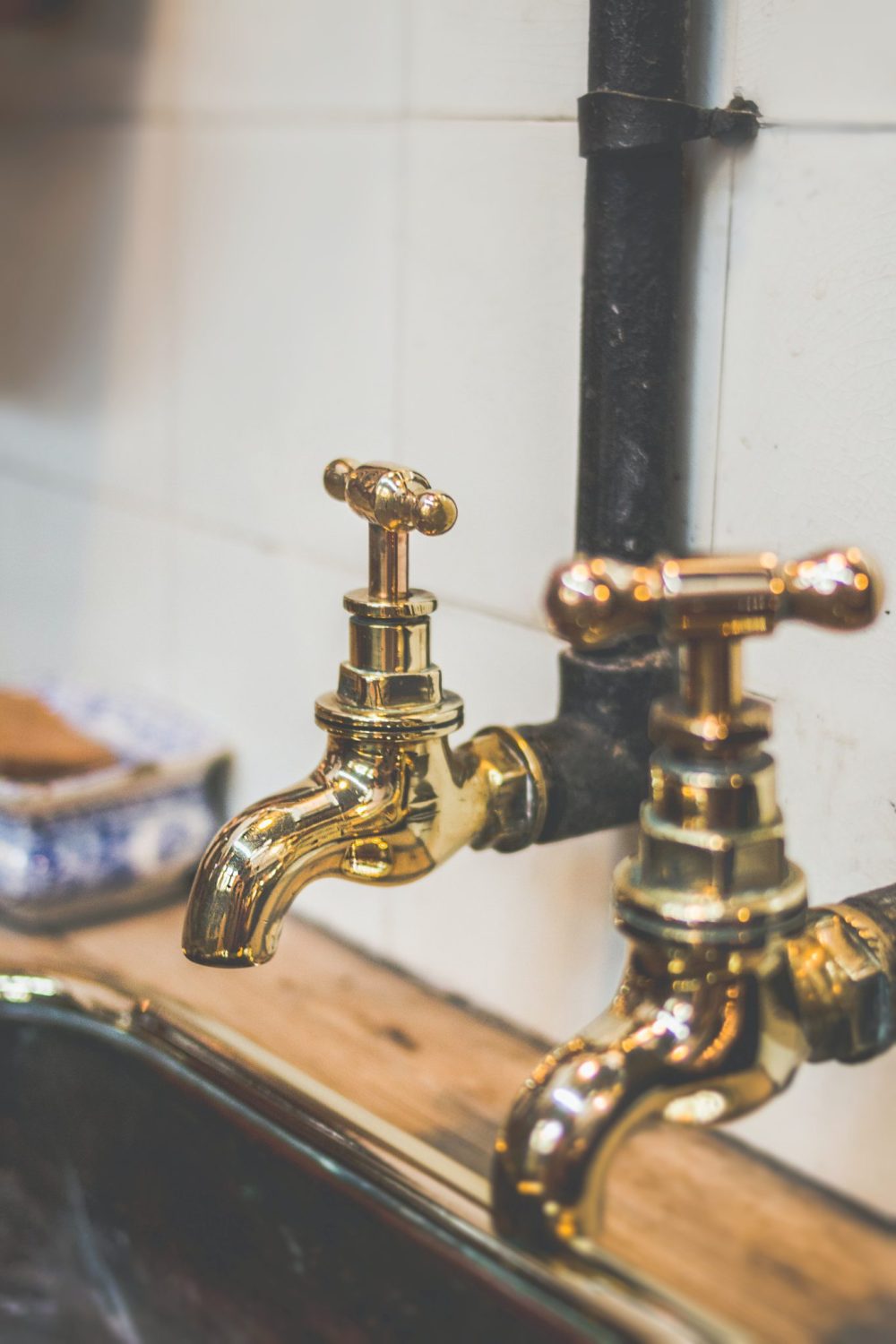
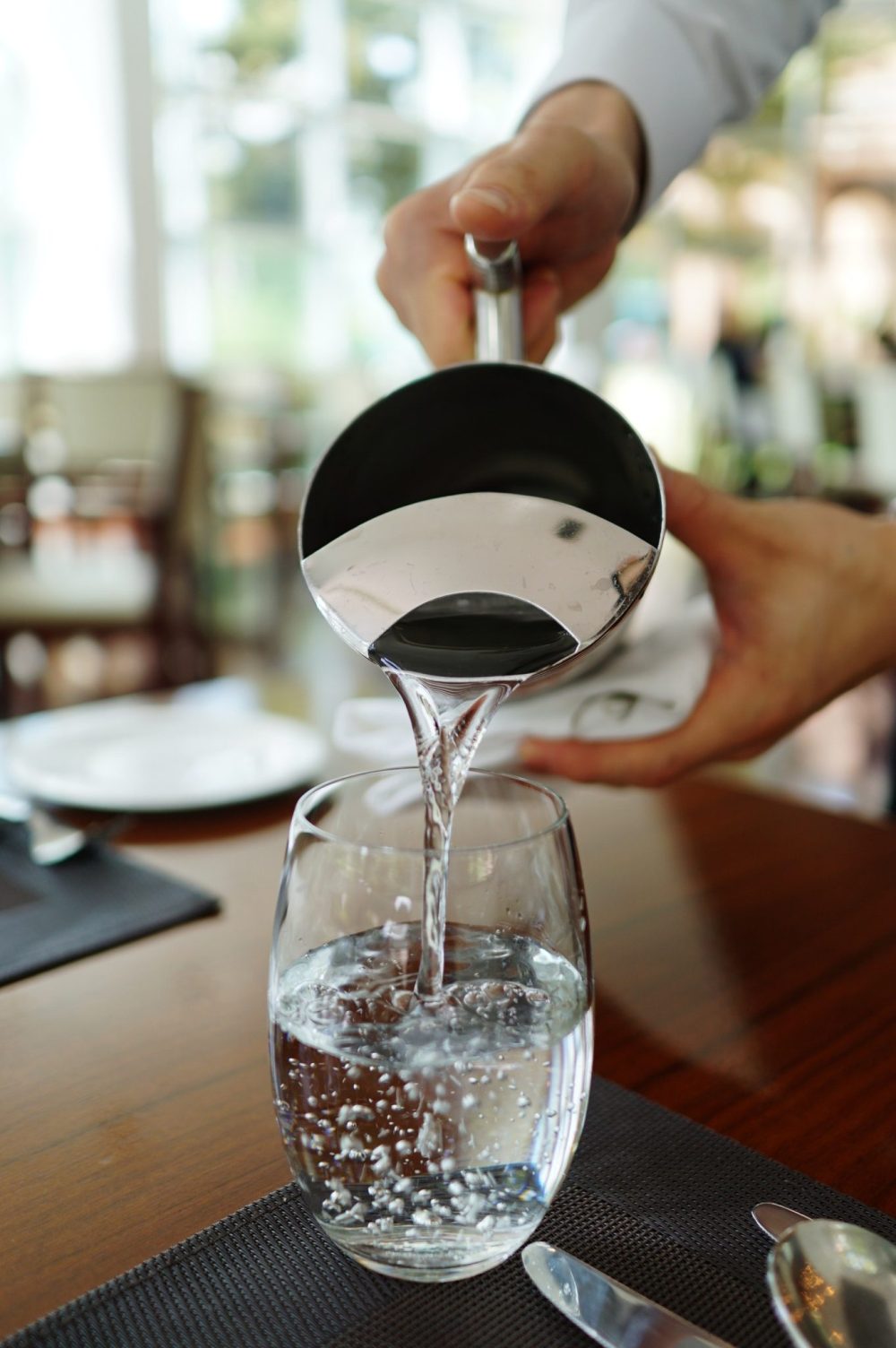
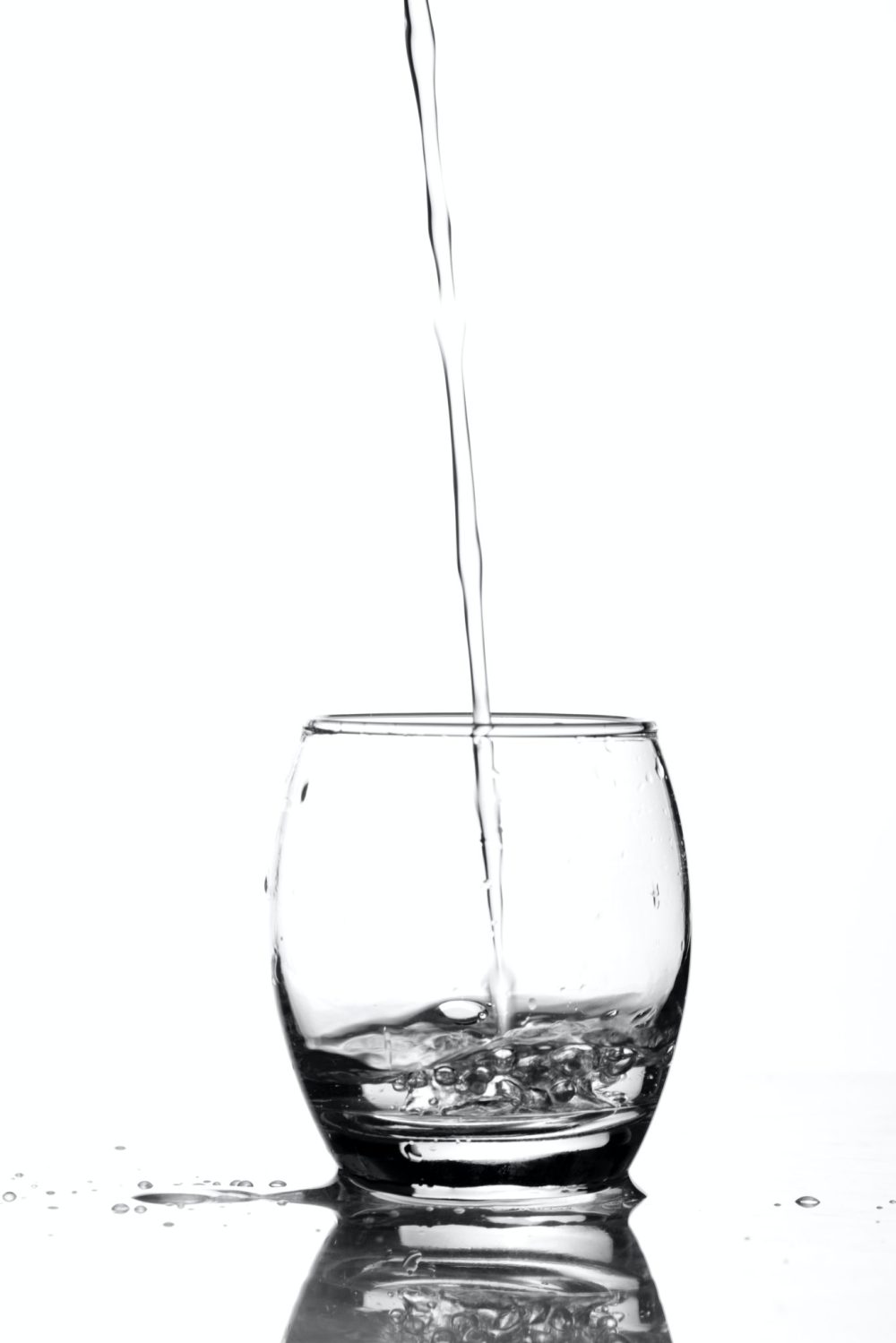
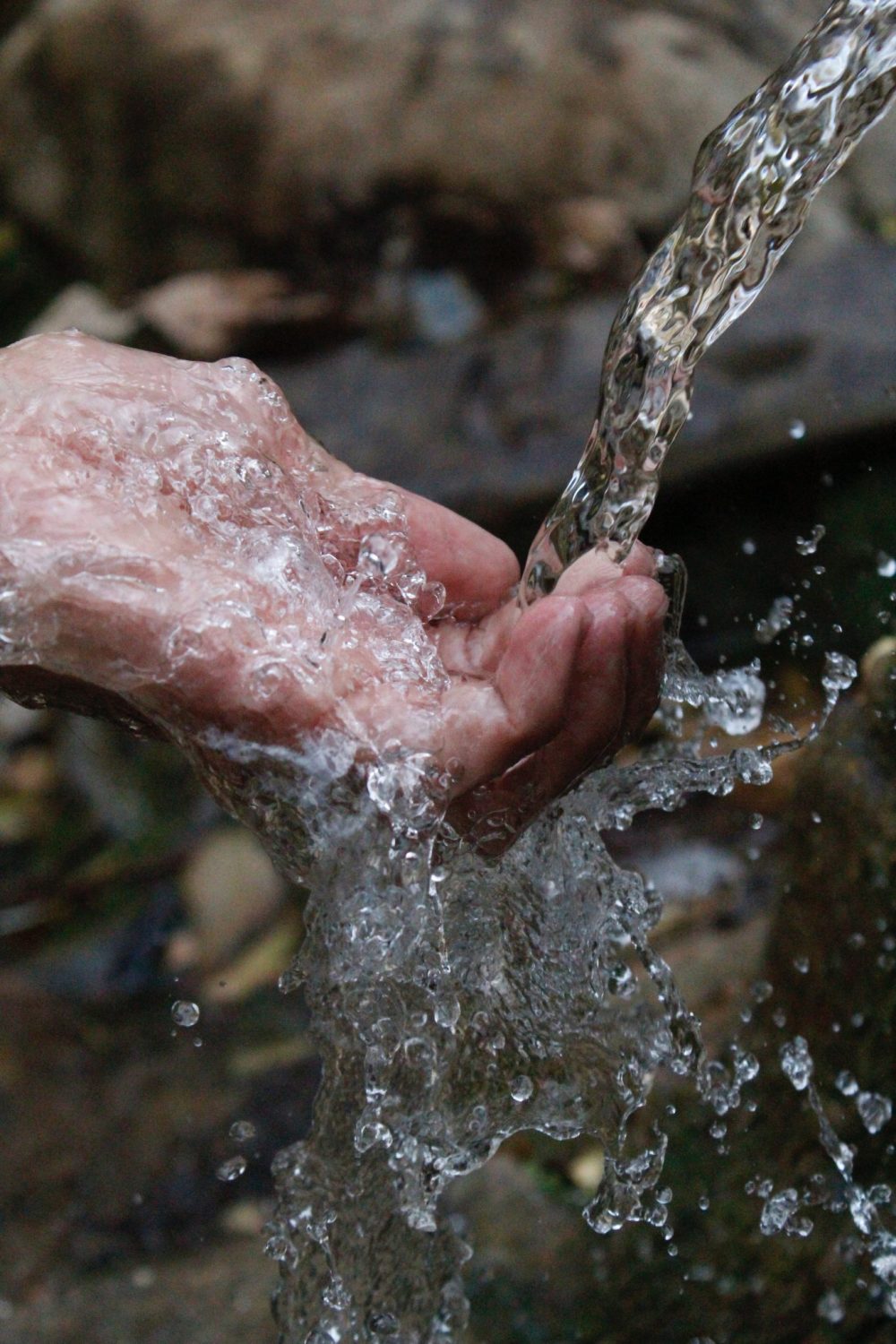
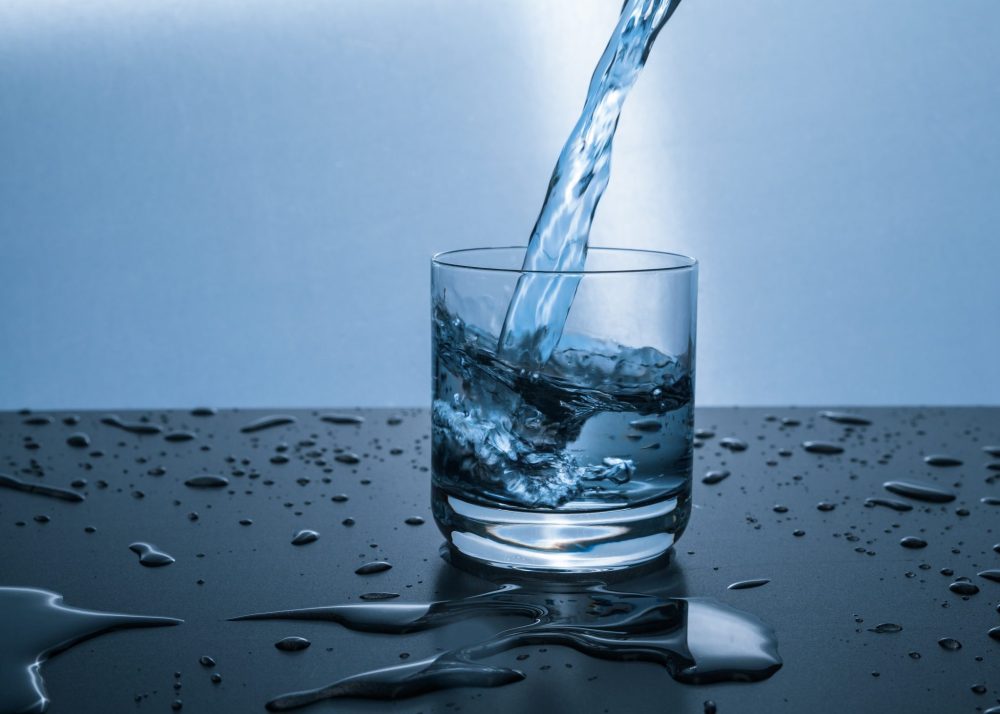




Leave a Reply